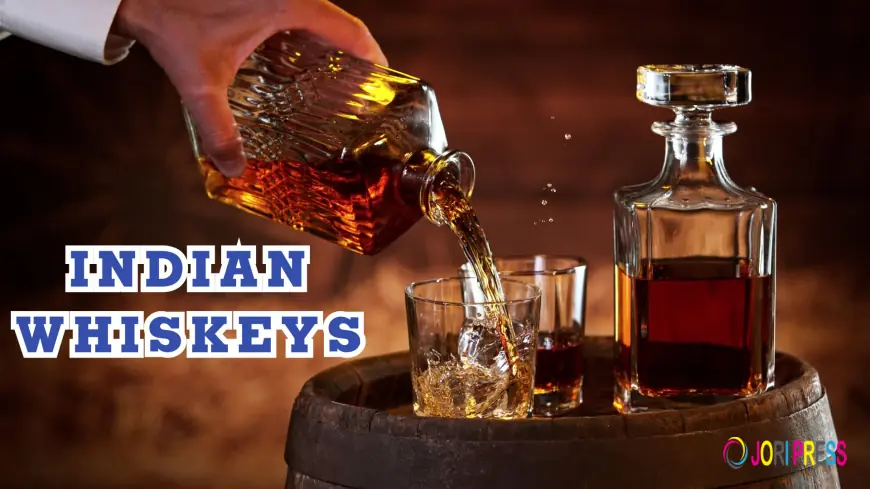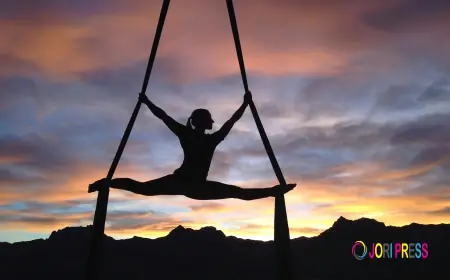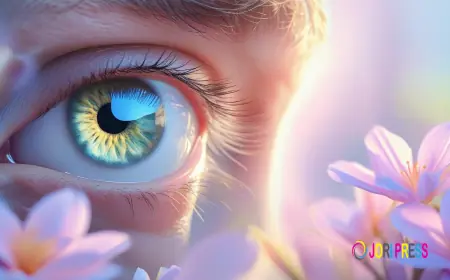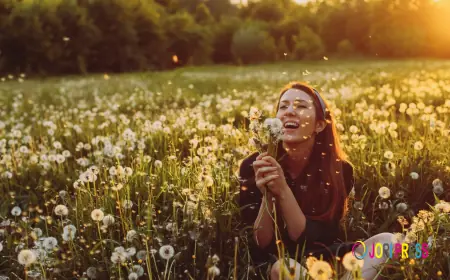Best Indian Whiskeys and the Truth About Aging: Does Old Mean Gold?

When people talk about whiskey, one phrase often comes up: the older, the better. But is age really the ultimate factor that makes a whiskey great? In India, where the whiskey culture is booming and local brands are making their mark on the global stage, this question is more relevant than ever. From premium single malts to budget-friendly blends, Indian consumers are spoilt for choice. But when it comes to judging quality, does a number on the label truly tell the whole story?
Understanding Whiskey Aging
Whiskey aging refers to the process of storing distilled spirits in wooden casks, usually oak for a number of years. During this time, the spirit absorbs flavors from the wood, smoothens out rough edges, and develops a richer character. Traditionally, Scotland and Ireland have emphasized long aging periods, often ranging from 10 to 25 years or more.
But in India, things work differently. Thanks to the country’s warm climate, whiskey matures at a faster pace. A 6-year-old Indian single malt can often display the complexity of a 12- or 15-year-old Scotch. This means that “old” doesn’t always equal “better” especially in the Indian context.
The Indian Whiskey Landscape
The market for whiskey in India is diverse. On one end, there are affordable blends like Royal Stag or Blenders Pride, which cater to the masses. On the other hand, you have Indian single malts such as Amrut, Paul John, and Rampur, and blended whisky like Anytime Whisky which are celebrated globally. These brands have proven that some of the best whiskey in India doesn’t need decades of aging to achieve exceptional flavor.
Does Age Define Quality?
Age certainly influences whiskey, but it’s not the sole factor. Here’s why:
-
Climate Impact: In warmer climates like India’s, whiskey interacts with the barrel more intensely, extracting flavors faster than in cooler regions.
-
Barrel Quality: The type of oak used—American, French, or sherry casks—can drastically alter the taste, regardless of how long the spirit stays inside.
-
Distillation Technique: A well-crafted spirit distilled with care can shine even at a younger age.
-
Personal Preference: Some drinkers love the bold punch of a younger whiskey, while others enjoy the mellow smoothness of older ones.
So, while older whiskeys often carry prestige, the equation isn’t as simple as “more years = better whiskey.”
Noteworthy Indian Whiskeys Challenging the Age Myth
-
Amrut Fusion: With its balanced notes of fruit, spice, and smoke, this whiskey has gained global acclaim despite its relatively young age.
-
Paul John Edited: From Goa, this expression combines Indian and Scottish barley, proving that innovation can rival tradition.
-
Rampur Select: Smooth and rich, it showcases the potential of Indian terroir without decades of aging.
-
Indri-Trini: A triple-cask single malt that highlights complexity and flavor achieved through creative barrel selection rather than age alone.
-
Anytime Whisky: A modern Indian whiskey that focuses on accessibility and flavor balance, showing how contemporary brands are reshaping the whiskey experience for a new generation of enthusiasts.
These brands demonstrate that the best whiskey in India isn’t defined by years but by craftsmanship, environment, and innovation.
Why Younger Whiskeys Are Worth Exploring
Younger whiskeys often pack a lively punch fresh, fruity, and bold. They tend to be more affordable too, giving newcomers a chance to explore premium flavors without breaking the bank. In India’s hot climate, shorter aging cycles also mean distillers can experiment with more variations, delivering unique experiences for whiskey lovers.
The Global Perspective
Interestingly, the world is beginning to appreciate younger whiskeys more. Even Scotch distilleries are moving away from strictly highlighting age statements and focusing instead on taste, cask type, and blending mastery. This shift is helping Indian whiskeys gain recognition, as they’re judged on quality and innovation rather than just numbers.
So, Does Old Mean Gold?
Not always. While aging plays a role in developing depth and smoothness, it’s far from the only factor that determines quality. In India, where climate and creativity converge, younger whiskeys often punch above their weight. The real measure of a great whiskey is balance, flavor, and the satisfaction it delivers, not just the years spent in a barrel.
For whiskey enthusiasts exploring local options, some of the best whiskey in India may surprise you by defying the traditional belief that older automatically means better. Instead, it’s the story behind the spirit, the innovation of the distillers, and the unique Indian conditions that make the difference.
FAQs
Q1. What makes the best whiskey in India stand out compared to international brands?
The best Indian whiskeys benefit from the country’s warm climate, which accelerates aging and brings out bold flavors in fewer years. Many Indian brands also experiment with unique cask finishes and local ingredients, giving them a distinctive character compared to traditional Scotch or Irish whiskey.
Q2. Does an older whiskey always mean better quality?
Not necessarily. While aging smooths out flavors, factors like climate, cask type, and distillation quality play an equally important role. In India, younger whiskeys often match or exceed the complexity of older counterparts due to faster maturation.
Q3. Which Indian whiskey brands are globally recognized?
Brands like Amrut, Paul John, Rampur, and newer labels such as Anytime Whisky have earned international praise for their craftsmanship and innovation. They prove that Indian whiskeys can compete with the best on the world stage.
Q4. How should I choose the best whiskey in India for myself?
It depends on your preference. If you enjoy bold and spicy notes, Indian single malts like Amrut or Rampur are great choices. For smoother, accessible options, blends and modern brands like Anytime Whisky may suit you better.
Q5. Can younger Indian whiskeys be used for cocktails?
Yes. Younger whiskeys often have lively, fruity, and spicy profiles that blend beautifully in cocktails while still holding their character, making them ideal for mixology.
What's Your Reaction?
 Like
0
Like
0
 Dislike
0
Dislike
0
 Love
0
Love
0
 Funny
0
Funny
0
 Angry
0
Angry
0
 Sad
0
Sad
0
 Wow
0
Wow
0
















































